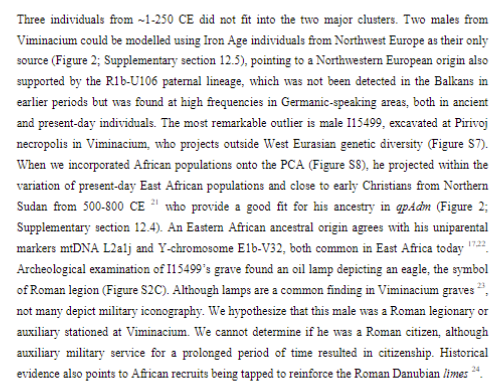
I got the Pfizer booster shot. Will let you all know how it goes.
So far running slight fever of 37.3 degrees (normal is 36.8). Heartrate is unusually high at 74 (normal is 55). Arm feels bruised at injection point, & I feel tired - though might be due to only 7 hours sleep. No issue with lymph nodes or headaches, at least not yet.
Heartrate down to 68, temperature at 37.0. Feel fatigued. Slight headache behind right eye. No other problems.
Headache is gone, temperature at 36.9, heartrate at 64. Feel great. Third shot went better than the second.
• • •
Missing some Tweet in this thread? You can try to
force a refresh



































